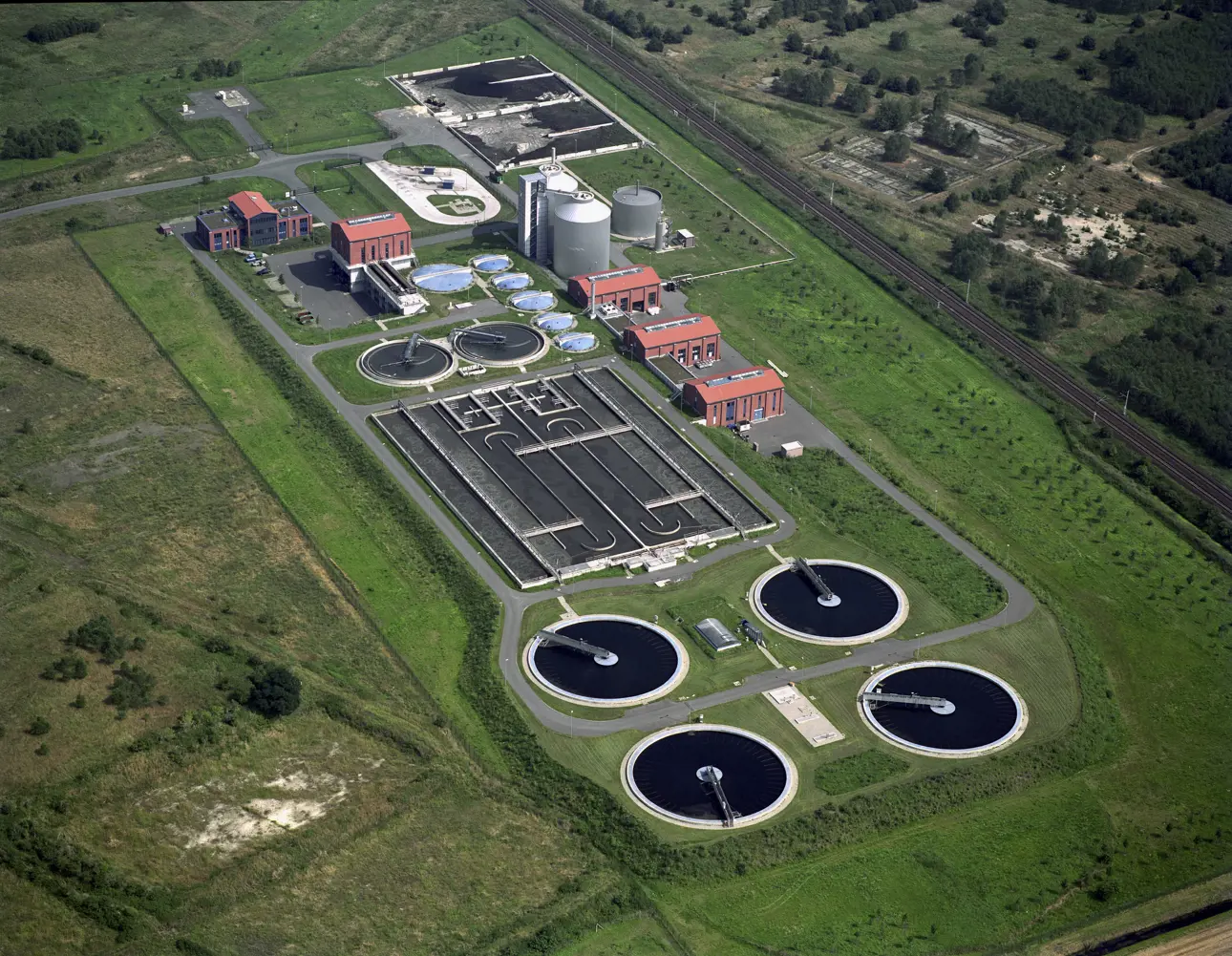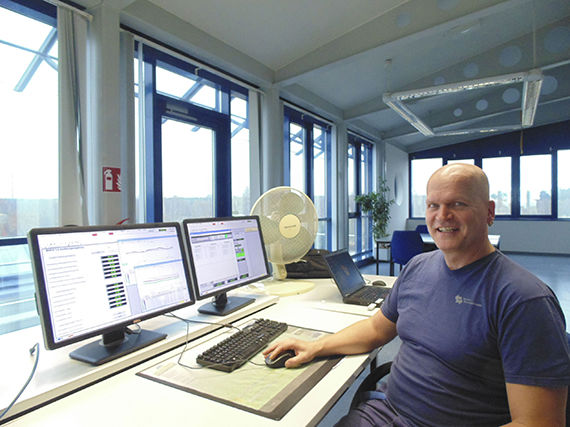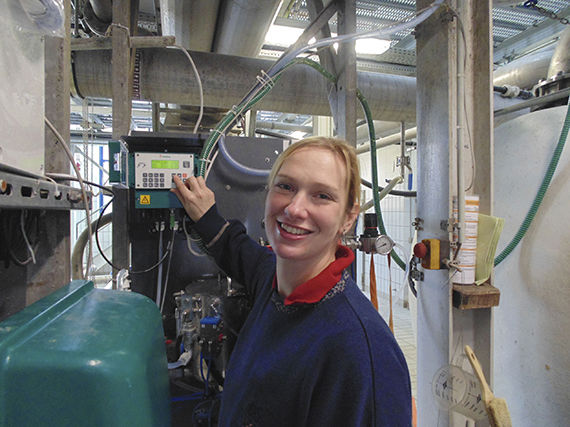Reliable Suspended Solids Centrate Measurement
The wastewater treatment plant in Wansdorf, located in Western Berlin, is currently investing approximately 1.7 million Euros in a new plant for advanced water treatment. The Valmet LS ensures that the centrate solids do not build up and affect plant loadings upon start-up.

The objective is to continuously and reliably analyze centrate suspended solids from the centrifuge by means of the advanced centrate measurement technology supplied by the Finnish engineering and technology company Valmet. New technology lead Georgia Goldmannas, shift manager Carsten Muth and Operations lead Carsten Lüdicke have thoroughly tested the new system during plant construction with the intent of implementing the measurement after plant completion

The results have proven to be reliable and we were very satisfied with the performance of the system,” says Muth. Also, as a side effect, the polymer consumption can also be better controlled based on the measurement results.”
In 2015, the Valmet LS (low solids) was first connected in test mode to the centrate line. Since then, it has measured suspended solids in mg/l. The measurement results are send to the control system where the results are utilized in the control room for better process control.

Goldmannas and Muth have been working for Wansdorf for the last 18 years and there combined knowledge and experience is an asset to Wansdorf. When the Klärwerk Wansdorf GmbH was founded in 1999, it was designed to clean residential and commercial wastewater generated in the state of Brandenburg and neighboring Berlin. Wansdorf can process a maximum of 40,000 m3 of wastewater per day, with an annual volume of approximately 13.2 million m3, making it one of the largest plants in the region.
The wastewater is first mechanically and then biologically cleaned. The accumulated solids is fermented, dewatered and then passed on for thermal recovery. Approximately 22,000 tons of biosolids are accumulated per year. The digested gas is used for the generation of on-site power and heat. Three machines in the combined heat and power plant generate a total electrical output of 1,024 megawatts. This covers about 75% of the plant's electrical energy demands. The heat generated is used for solids heating, central heating and hot water supply.
Mechanical cleaning takes place in Wansdorf via screening plant, grit chamber and pre-clarification. Biological cleaning involves phosphate elimination in combination with nitrification and denitrification. The post-clarification process takes place in four circular basins, from there the purified wastewater flows over a cascade system to charge it with oxygen before it streams over a 1.4 km long trench into the Havel Canal.
Many wastewater treatment plants need to be upgraded due to the tightening EU urban wastewater directive in regards to nitrogen levels for plants that service communities of 100,000 inhabitants and above. Scheduled start-up of the new Wansdorf treatment plant is scheduled for mid-2017. The new process water treatment plant will ensure that the total nitrogen content, in accordance with the new European standard may not exceed 13 mg TIN (total inorganic nitrogen).
This is achieved by the removal of ammonium through microorganisms, which uses less energy than previous methods. In contrast to the combined method (nitrification and denitrification) used, the energy required here is about two-thirds less. The higher use of energy is related to the high oxygen demand and the associated high volume of aeration required.
The key feature in the process of ammonium removal are bacteria called planctomycetes. These are unique bacteria that provide valuable services, but are also “difficult to grow and we need to keep them happy," explains Carsten Lüdicke. If too high solids content were to be introduced, the process would come to a standstill. In view of the fact that planctomycetes grow very slowly by comparison, an upset event , like high centrate recirculation levels, that would slow down plant processes must be avoided. This is accomplished by accurately measuring the centrate suspended solids and bypassing nutrient removal when levels are exceeded.
The Valmet LS provides automatic monitoring of the centrate, allowing the team to bypass nutrient removal if required. This is especially important during nights and weekends when no employees are at the facility. At first, staff was skeptical. “We have long dreamed of suspended solids and turbidity measurements in the centrate,” says Carsten Muth.
“First, we wanted to test it, whether the equipment really works for us. Thus we installed the equipment in exactly the place where it is supposed to be used for the next ten to twenty years, and we tested, whether it meets our expectations,” emphasizes Georgia Goldmann. The test phase was over half a year to evaluate both correlation to laboratory values and the seasonal variation effect on centrate quality. For Goldmannas, it was important to find out how often the equipment had to be cleaned and which chemicals were best suited for this purpose.
Working together, both Valmet and Wansdorf agree that the overall performance of the Valmet LS was good and convinced Wansdorf to purchase the measurement. Additionally, a service contract was signed which includes annual maintenance, calibration checks, and any software updates required.
Related articles



